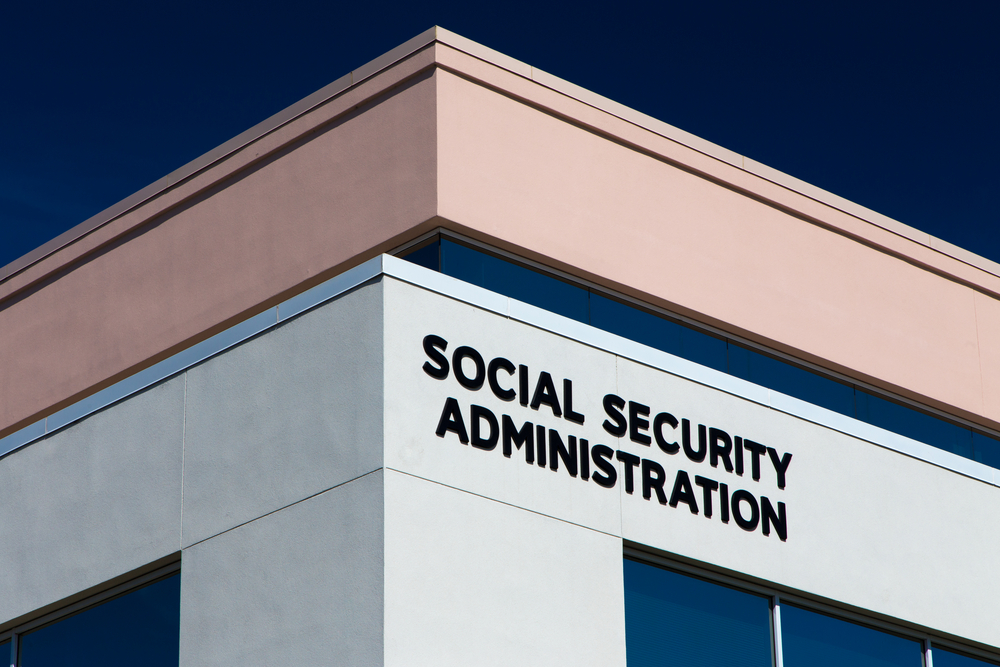As the United States grapples with the complexities of its social welfare system, the issue of Social Security is a hot topic, especially now as the election approaches. According to the Social Security Administration (SSA), the program’s trust funds are projected to be depleted by 2033. While this doesn’t mean bankruptcy, it does imply that incoming revenue will only cover around 76% of scheduled benefits, unless reforms are enacted. With that in mind, It’s important know where you stand if benefits are reduced.
The State of Social Security Today
Social Security, established in 1935, was designed to provide financial support to retirees, disabled individuals, and survivors of deceased workers. It operates as a pay-as-you-go system, with current workers funding benefits for current retirees. However, demographic shifts have strained this model. The aging baby boomer population, coupled with declining birth rates, has resulted in a shrinking ratio of workers to retirees. In 1960, there were 5.1 workers for every Social Security beneficiary. By 2020, this ratio had dropped to 2.8, and projections indicate a further decline.[i]
Americans Love Social Security
Despite the divisive nature of politics, it appears that most people agree on the importance of a secure retirement. Numerous polls consistently demonstrate strong bipartisan support for Social Security in the United States. An overwhelming 90% of beneficiaries hold a positive view of the program. Additionally, 80% are against increasing the retirement age, and a majority advocate for higher taxes on the wealthy to fortify the system.[ii]
Political Gridlock
Politicians in Washington, often influenced by big-money donors, tend to prioritize their own agendas over the desires of voters. Their positions frequently shift with the prevailing political winds. For instance, President Biden, who previously advocated for Social Security cuts, now expresses a desire to expand it. Similarly, Donald Trump, once a proponent of privatization and critical of the program, now criticizes fellow Republicans advocating for changes and cuts. Ron DeSantis, who previously hinted at altering (essentially cutting) the program for younger Americans, now condemns Nikki Haley for proposing to raise the retirement age for the younger generation if elected.[iii]
Challenges To Social Security
Economic Uncertainty
Economic recessions and fluctuations impact Social Security revenue. High unemployment rates reduce payroll tax contributions, straining the system.
Longevity
People are living longer, resulting in longer retirement periods and increased strain on Social Security funds.
Income Inequality
Higher-income individuals tend to receive proportionally more in benefits relative to their contributions, exacerbating disparities.[iv]
Proposed Reforms and Solutions
Adjusting Retirement Age
Gradually raising the full retirement age is a commonly proposed solution. This would reduce the number of years retirees receive benefits, aligning with increased life expectancies.
Increasing Payroll Taxes
Incremental increases in payroll taxes could bolster the program’s finances. However, this approach is politically contentious, as it directly affects workers’ incomes.
Means Testing
Some advocate for means-testing benefits, whereby higher-income retirees receive reduced benefits or none at all. This approach aims to focus resources on those most in need.
Investment Options
Allowing a portion of Social Security funds to be invested in market-based instruments could potentially increase returns, though it introduces risks[v].
Immigration Reform
As the election gets closer the narrative is all about reducing immigration. The fact is that increasing immigration could expand the base of workers contributing to Social Security, helping to alleviate demographic pressures.
Global Perspectives
Comparisons with social welfare systems in other countries offer valuable insights. Examining successful models can inform potential reforms and best practices for sustaining social security programs.
What Can You Do Now?
If the gridlock in Washington has you feeling hopeless, know that there are products in the marketplace that can act as a buffer in the event you are affected by a reduction in benefits. Talk to a qualified advisor to receive advice about optimizing your Social Security benefits and your retirement income.
Contact Tremblay Financial Services, Financial Advisors in Santa Barbara at 888.569.1982.
Sources:
[i] https://www.pgpf.org/blog/2022/08/the-ratio-of-workers-to-social-security-beneficiaries-is-at-a-low-and-projected-to-decline-further
[ii] https://www.ineteconomics.org/perspectives/blog/as-presidential-hopefuls-spar-on-social-security-this-expert-separates-fact-from-fiction
[iii] https://www.ineteconomics.org/perspectives/blog/as-presidential-hopefuls-spar-on-social-security-this-expert-separates-fact-from-fiction
[iv] https://www.americanprogress.org/article/increased-wage-inequality-has-reduced-social-securitys-revenue/
[v] https://www.brookings.edu/articles/investing-social-security-reserves-in-private-securities/








